Probably as far off as I’ll get from a Nature related topic but certain events in life seem to have brought me here. Recently a family member was interred in Saratoga National Cemetery and the symbols on each headstone peaked my curiosity in what their meaning was. The Latin Cross and Star of David were simple to interpret but the others left me wondering. For lack of a better and faster source to find this information I decided to just do a simple post in case any one else in the world was just as curious. |
|||
Christian
(Latin Cross)
|
Judaism
(Star of David)

|
||
Buddhist
|
Presbyterian Cross
|
||
Russian Orthodox Cross
|
Lutheran Cross
|
||
Episcopal Cross
|
Unitarian
(Flaming Chalice)

|
||
United Methodist
|
Aaronic Order Church
|
||
Mormon
(Angel Moroni)
|
Native American Church
Of North America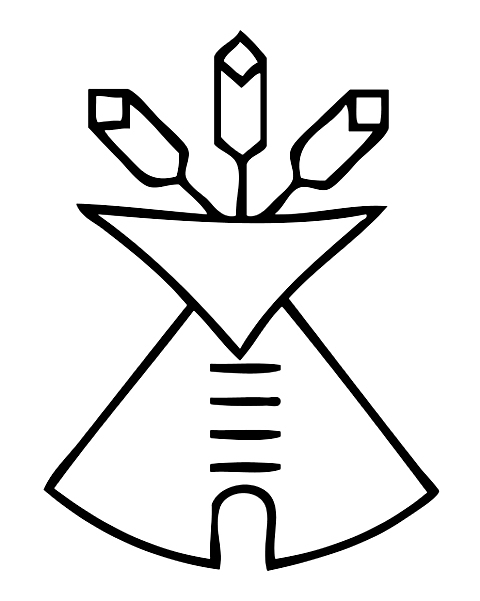
|
||
Serbian Orthodox
|
Greek Cross
|
||
Bahai
(9 Pointed Star)
|
Atheist
|
||
Muslim
(Crescent and Star)
|
Hindu
|
||
Konko-Kyo Faith
|
Community of Christ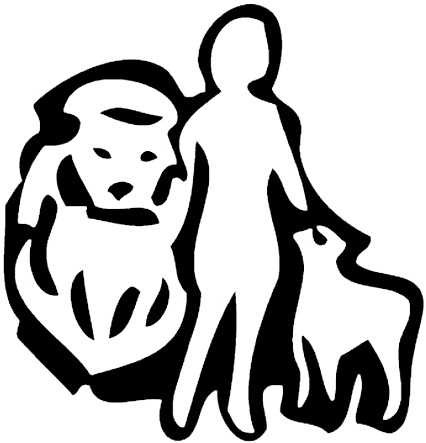
|
Sufism Reoriented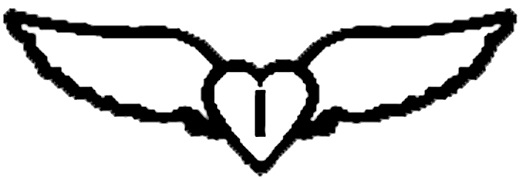
|
Tenrikyo Church
|
||
Seicho-no-ie
|
The Church of World
Messianity
|
||
United Church of Religious
Science
|
Christian Reformed Church
|
||
United Moravian Church 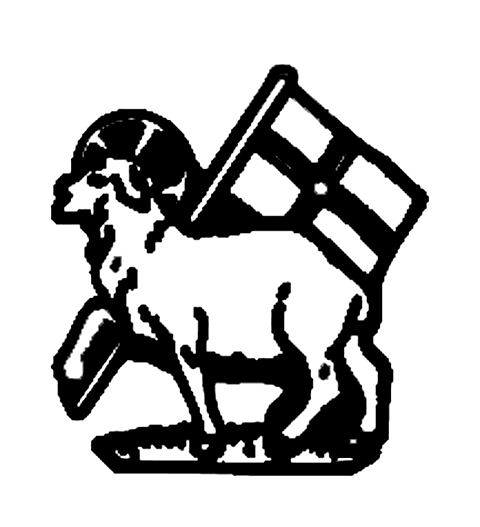
|
Eckankar
|
||
Christian Church
|
Christian & Missionary Alliance
|
||
United Church of Christ 
|
Humanist Emblem of Spirit |
||
Presbyterian Church (USA)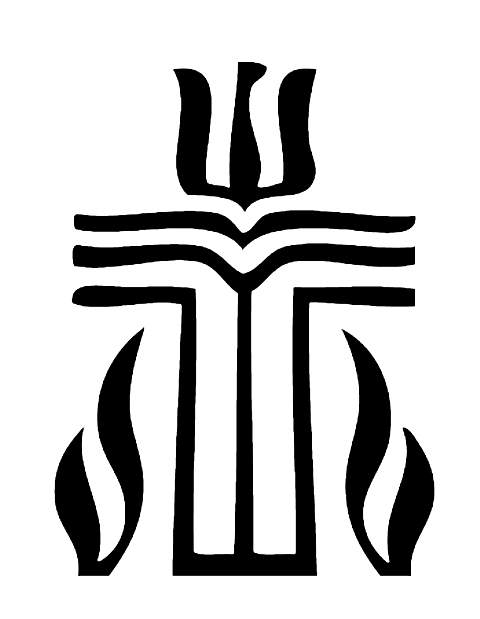
|
Izumo Taishakyo Mission
Of Hawaii
|
||
Soka Gakkai International
(USA)
|
Sikh (Khanda)
|
||
Wicca (Pentacle)
|
Lutheran Church of Missouri
Synod
|
||
New Apostolic
|
Seventh Day Adventist Church
|
Celtic Cross
|
Armenian Cross
|
||
Farohar
|
Messianic Jewish
|
||
Kohen Hands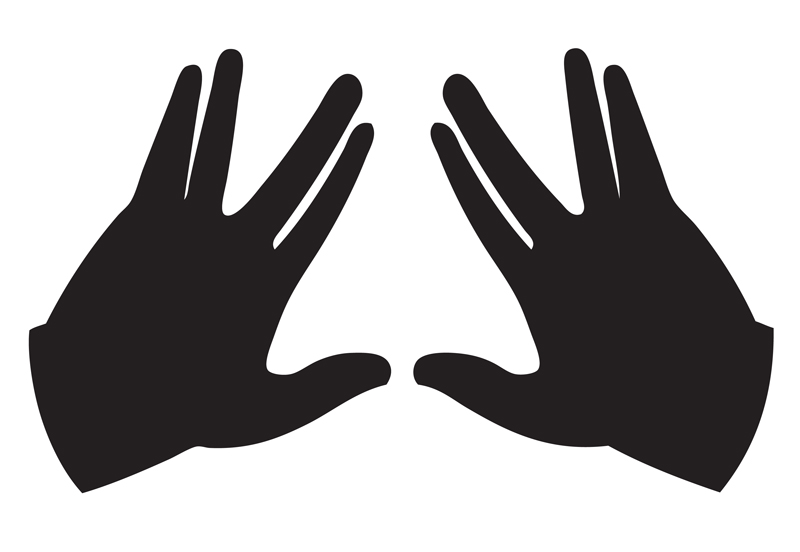
|
Catholic Celtic Cross
|
||
First Church of Christ. Scientist
(Cross & Crown)
|
Medicine Wheel
|
||
Infinity
|
Luther Rose
|
||
Landing Eagle
|
Four Directions 
|
||
Church of Nazarene 
|
Hammer of Thor
|
||
Unification Church
|
Sandhill Crane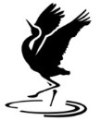
|
||
Church of God
|
Pomegranate
|
||
Messianic
|
|||
You will find that most symbols are of the deceased’s practiced religion. Several symbols however are representative of a personal statement. The Landing Eagle for example represents Freedom. The Sandhill Crane is a symbol of peace or as being one with land, water and sky. To Christians the Pomegranate represents life and eternal life.All symbols for military headstones must be approved by the Veterans Administration for use.The symbols used on this page were obtained from the VA website. |







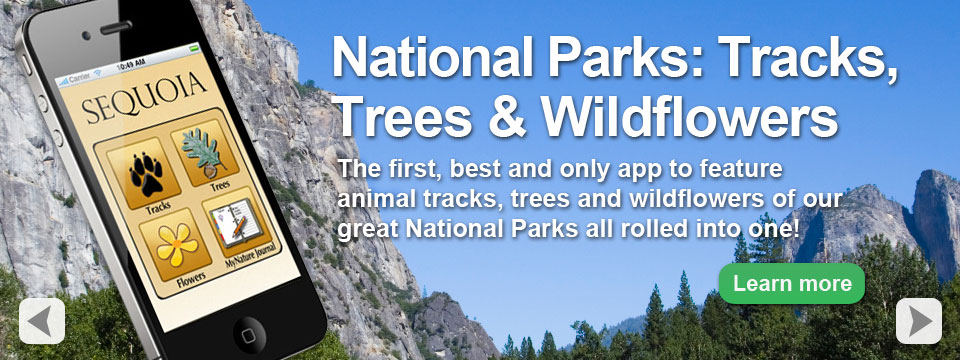
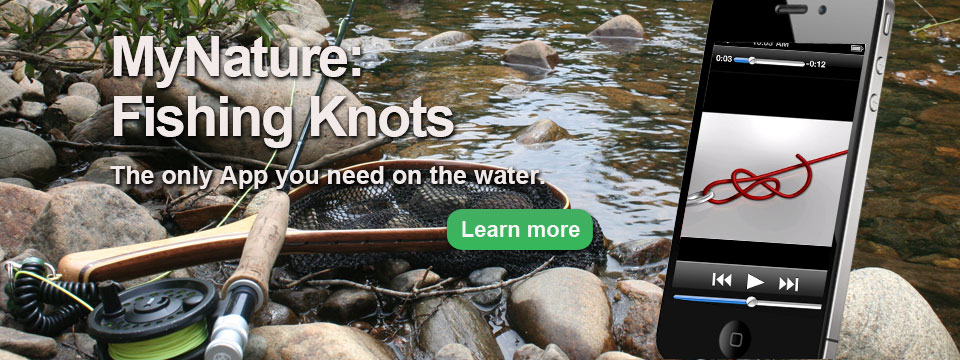

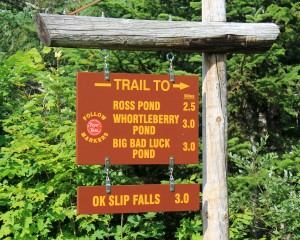

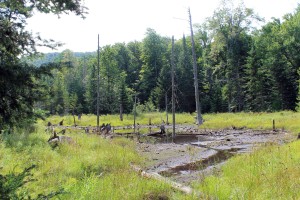
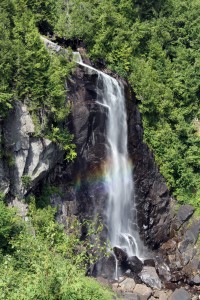
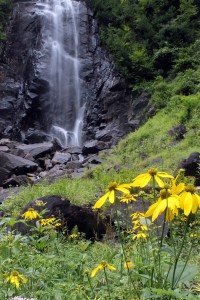
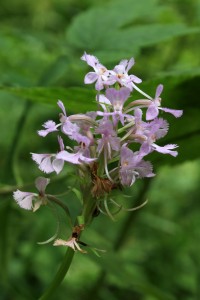

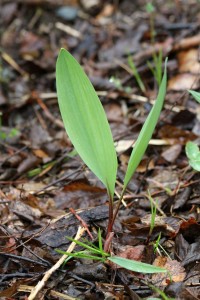
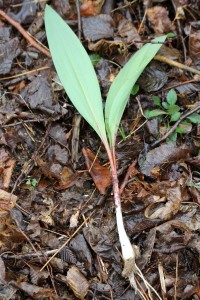
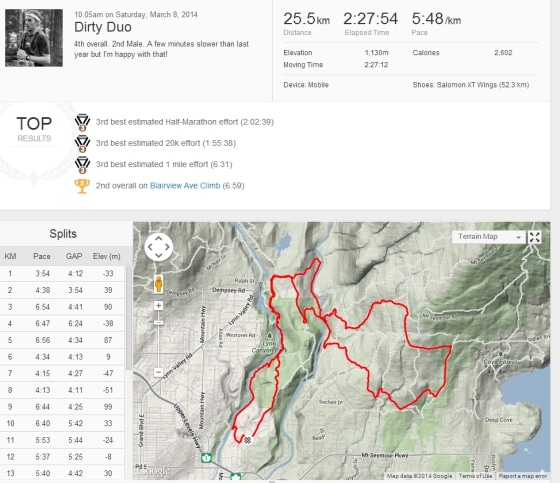
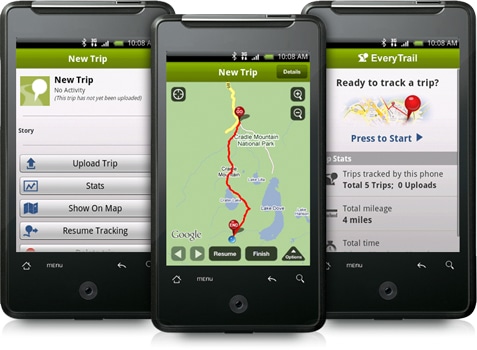
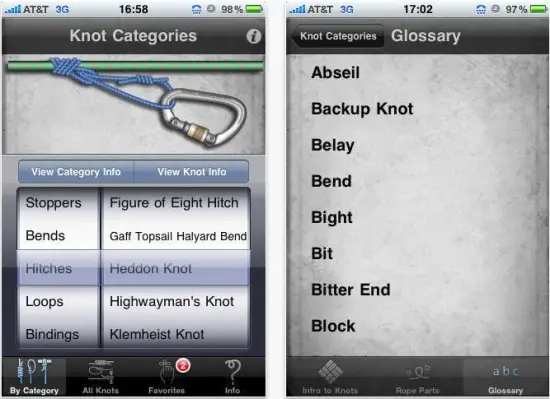


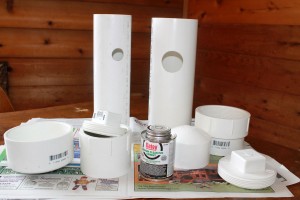
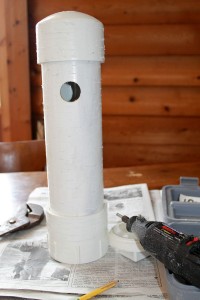
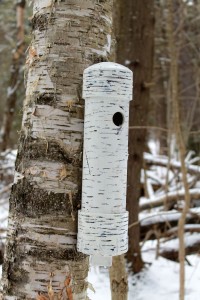


 2. Florafolio
2. Florafolio










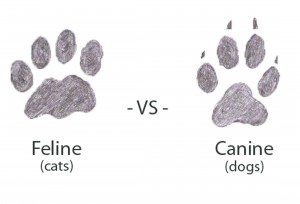

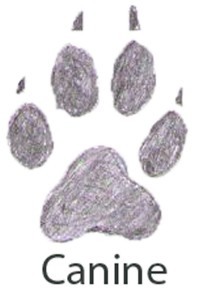

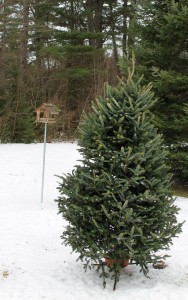
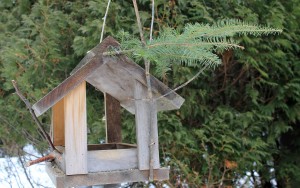
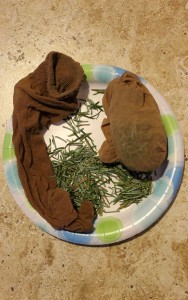


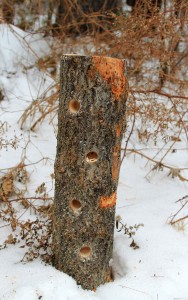
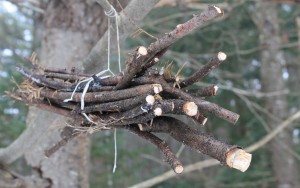
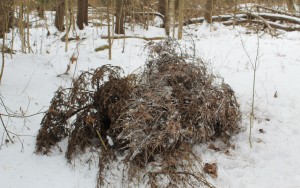





What Others Have to Say